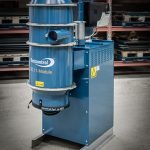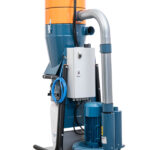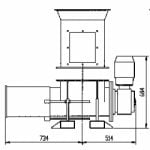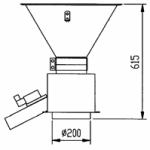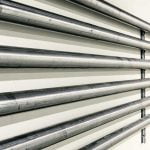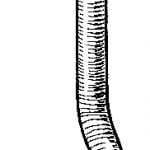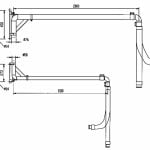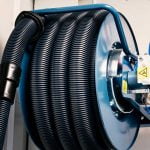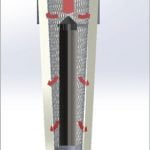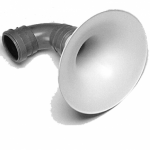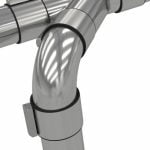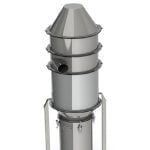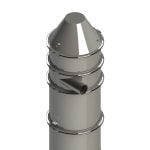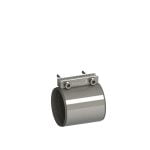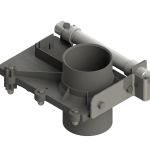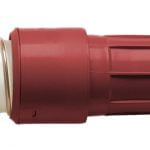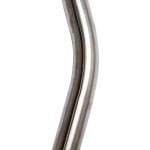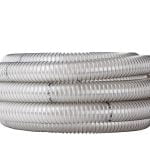In some situations, it’s very obvious that dust and particulate matter are problematic. If you’re drilling, cutting or grinding indoors, visible dust often builds up in the atmosphere. You don’t have to be an expert to understand that there’s a risk to human health in these cases.
Dust that’s extracted or produced outdoors, on the other hand, often appears less threatening. When dust and particles dissipate through the air, it’s tempting to think they are unlikely to cause significant harm. Unfortunately, this a deeply flawed understanding, and the damage done by dust in the wider environment can be severe. Learn more about the impact dust has on the environment.
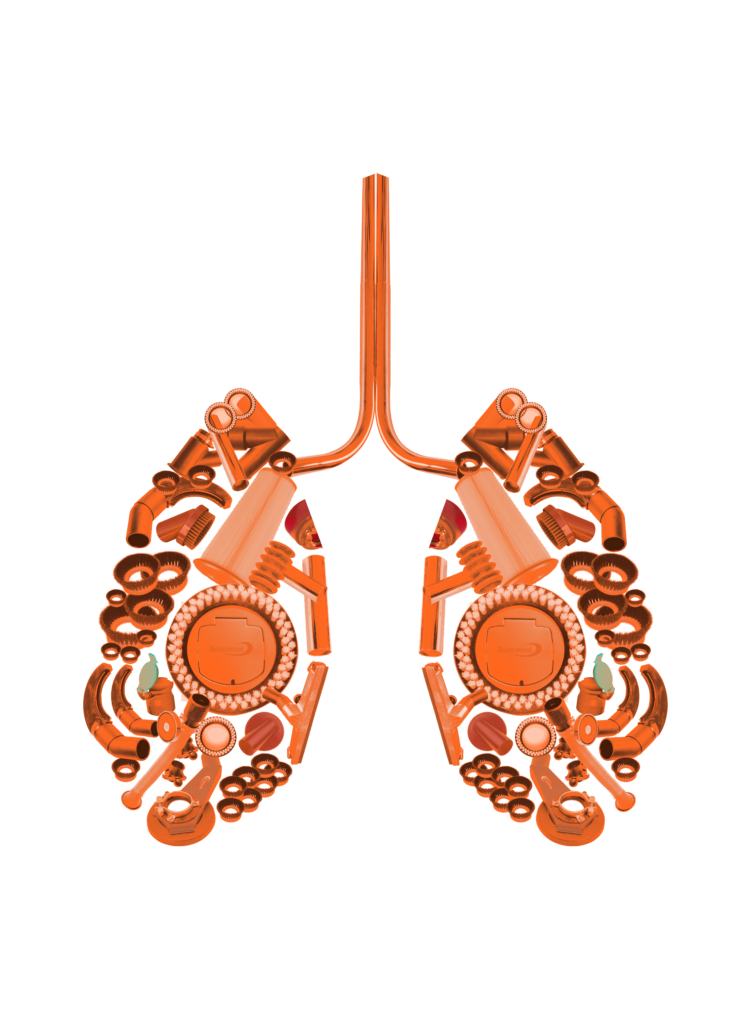
Dust outdoor contributes to air pollution – construction area worst
Dust in the environment contributes to air pollution, and has a direct impact on the well-being of human and animals. Overall, transport is the biggest contributor to air pollution but when it comes to larger airborne particles, the construction industry is a major emitter – a 2022 study showed that construction was responsible for 30% of PM10 pollution (particles smaller than 10 µm) in London.1 Air pollution of this kind contributes to a range of respiratory and cardio-vascular illnesses – the specific symptoms vary according to the composition of the particles – and children, old people, and people with health issues are most vulnerable.
Dust has a negative impact on vegetation
Dust has an impact on vegetation too, both physically and chemically. When dust settles, it often does so on trees, plants and crops. This settling can restrict plants’ natural processes: photosynthesis, respiration and transpiration. It blocks sunlight and hinders the movement of gases and water, ultimately harming plant growth and crop yield.
This kind of physical impact is normally restricted to areas relatively close to the place where dust is released, but chemical impacts can have a much wider footprint. When airborne particulates enter the environment, changes to soil and water chemistry occur. The specific nature of this impact depends on the type of dust, of course, but the acidity of water and soil chemistry are often affected. This, in turn, can cause knock-on effects throughout entire ecosystems, leading to the loss of plant and animal life.
Reducing dust and other pollutants outdoor
As with many environmental issues, the indirectness of these processes can make it difficult to address. When dust is produced in an indoor environment, the line between cause and effect is fairly clear. However, when dust and particulate matter are released into the wider environment it contributes to a greater, more complex set of processes, making it harder to attribute accountability. Nevertheless, it is incumbent on us all to take responsibility for reducing the pollutants we release into the environment, and dust is no exception.
1. Centre for Low Emission Construction (2022). Air quality and emissions in construction. Imperial College London. https://urbanhealth.org.uk/wp-content/uploads/2022/09/IOUH-CLEC-Report_v08_FINAL.pdf
Learn more:
Dustcontrol – Manufacturer of industrial and construction vacuum cleaners
Check out the video to learn more about our story. And if you wish to know how to prevent hazardous particles from entering your lungs contact your nearest reseller! Or send an e-mail to support@dustcontrol.se

















